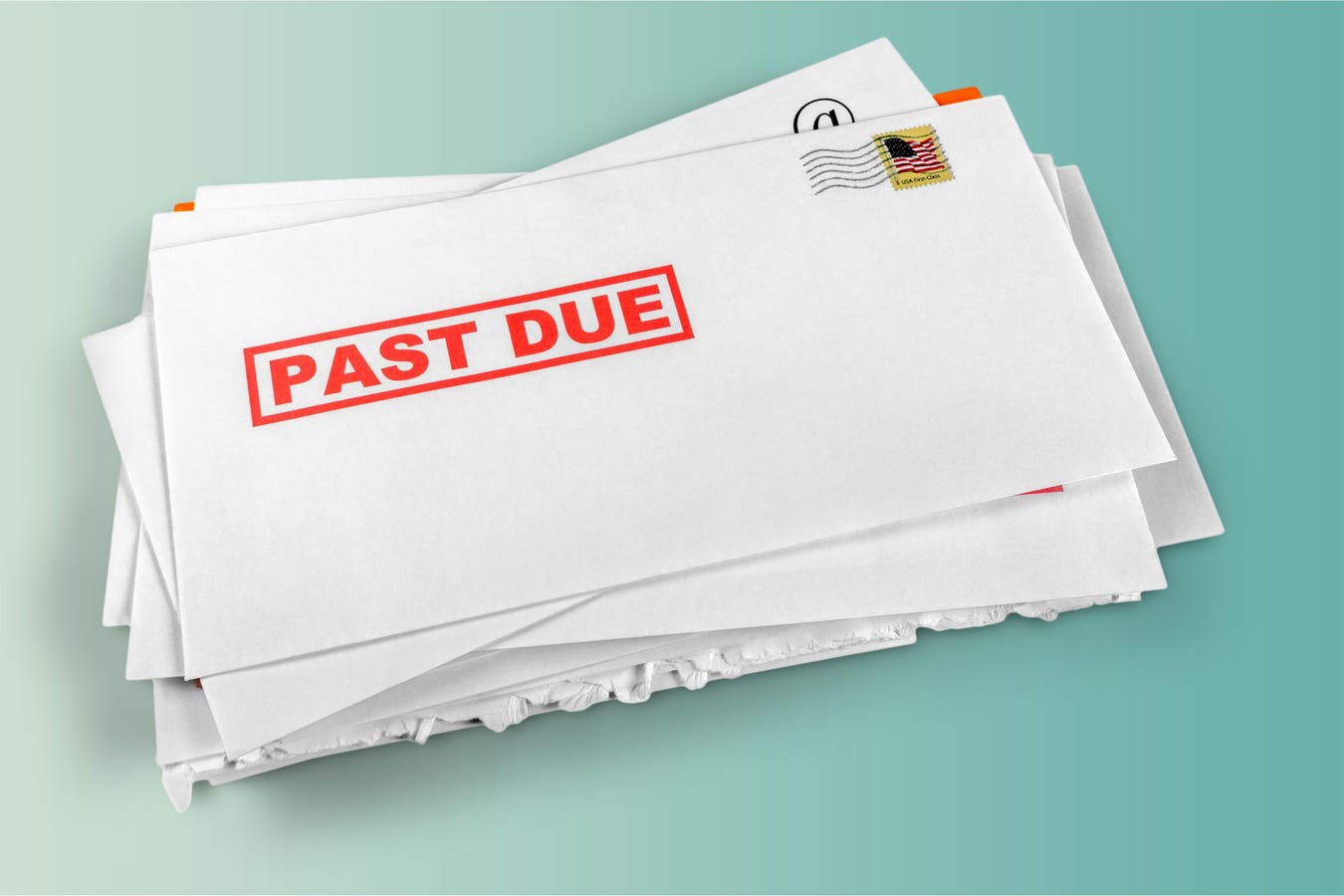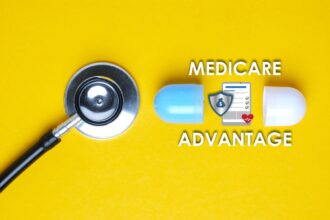If you have federal student loans, you know that payments are due now after being paused since March of 2020. This has left many Americans scrambling to figure out how they’ll afford loan payments going forward, or even what their student loan payment is.
Fortunately, there are options available for those who think their monthly payment is too high, as well as those who simply cannot afford it. These options include switching repayment plans to an income-driven plan, and most notably the new SAVE repayment plan.
However, you may have also heard about the administration’s 12-month “on-ramp” period, which gives borrowers 12 months to get on track with payments without dealing with the worst consequences of student loan default and collection activity. During this time, borrowers who miss monthly payments “are not considered delinquent, reported to credit bureaus, placed in default, or referred to debt collection agencies,” reads a White House fact sheet on the plan.
If this on-ramp period feels like a free ticket to skip federal student loan payments for the next 12 months, you should seriously reconsider doing that and try to find a way to pick back up with your monthly payments instead. While many of the consequences of default may be paused for another 12 months thanks to this program, this doesn’t mean you won’t face any consequences at all. And it could be hard to get back on track later.
Why You Shouldn’t Skip Federal Student Loan Payments Right Now
The first thing to note about the federal on-ramp period for student loans is that it doesn’t say anything about interest accruing. That’s because interest began accruing on federal student loans in September of this year, and it will continue to accrue even if you continue skipping payments right now to take advantage of the on-ramp period. This means your student loan balance will continue growing while you’re not making payments.
Not only that, but missing student loan payments does have the potential to impact your credit score even if the loan servicer isn’t reporting the information to the credit bureaus. This is due to the fact your balances will be showing as increasing on your credit reports if you’re not making payments. This has the potential to ding your credit score in real time as you miss payments, although the impact won’t be as great as it would be if your missed loan payments were being reported as delinquent.
Beyond these downsides of continuing to skip payments, you also have to remember that the on-ramp period isn’t forever. Eventually, you are going to have to make loan payments of some kind unless you qualify for $0 monthly payments with an income-driven repayment plan.
And if you can’t afford the monthly payment on your student loans as it stands, applying for the right income-driven repayment plan is almost certainly going to be your best course of action.
Look Into Income-Driven Repayment Plans Instead
The new SAVE repayment plan announced earlier this year has the potential to help you save the most on federal student loan payments compared to all other payment plans available for federal student loans. That’s because this plan increases the income exemption for loan payments from 150% to 225% of the federal poverty limit, thus extending $0 monthly payments to a lot more people overall. The program will also let people with undergraduate student loans pay just 5% of their discretionary income in loan payments (compared to 10% with other plans) in the future, which the Biden administration claims will lead to savings of at least $1,000 for borrowers who don’t qualify for a $0 monthly payment.
The SAVE repayment plan also leads to complete loan forgiveness of remaining debts in 20 to 25 years. However, borrowers who owe $12,000 or less on their student loans can have their remaining debts forgiven after 120 months (10 years) of payments on the plan. And in instances where someone owes a lower monthly payment than the interest that would accrue, it’s worth noting that unpaid interest does not get added to the loan amount with the SAVE plan.
“The Department of Education will stop charging any monthly interest not covered by the borrower’s payment on the SAVE plan,” reads a White House press release. “As a result, borrowers who pay what they owe on this plan will no longer see their loans grow due to unpaid interest.”
Fortunately, applications for the SAVE plan are available now, and there’s still time to make the switch and get a $0 monthly payment (if you qualify) or pay less than you’re paying now. Borrowers can sign up by visiting StudentAid.gov/SAVE.
Note: Student loan servicers are struggling to keep up with SAVE applications. If you apply, you’ll likely be put in an administrative forbearance for at least a month while your application processes – meaning that you’ll also not have to make payments until your plan paperwork is completed.
Your Next Steps
According to consumer protection lawyer Leslie Tayne, Esq. of Tayne Law Group, borrowers who cannot afford their student loans right now should take steps to figure out their best course of action. These steps can include reaching out to their loan servicer to inquire about their options, but also switching to a new payment plan that makes more sense for how much they earn.
“If you realize that you are struggling with student loan payments, contact your loan servicer as soon as possible,” said Tayne. “They can help you evaluate your options and, ideally, find an income-driven repayment plan that works with your income level and budget.”
Tayne also believes the new SAVE plan is a good option for borrowers, and that it has the potential to lower monthly payments for borrowers more than any other payment plan available today for federal student loans.
Tayne adds that all borrowers regardless of status should go to StudentAid.gov to explore their resources and access information about available repayment options.
“It’s a good idea to log in to the website, verify that the information in your profile is correct, and confirm a repayment plan,” she said.
Read the full article here










